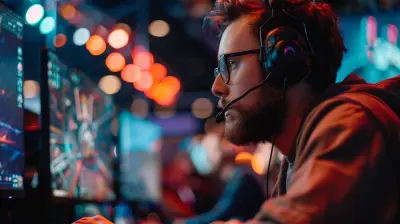The Importance of Inclusivity in Gaming Spaces
3 August 2025
Let’s be real — gaming isn’t just about high scores, epic boss fights, or bragging rights anymore. It’s evolved. These days, gaming is a massive cultural force that connects people across continents. From casual phone games to massive multiplayer universes, gaming brings folks together like never before. But here’s the thing: as vast and powerful as the gaming world is, it still has a glaring issue — inclusivity. Or rather, the lack of it in many cases.
In this article, we’re diving deep into the importance of inclusivity in gaming spaces — not because it’s trendy, but because it’s necessary. It’s time we look past just pixels and power-ups to what really makes a game community feel like home for everyone.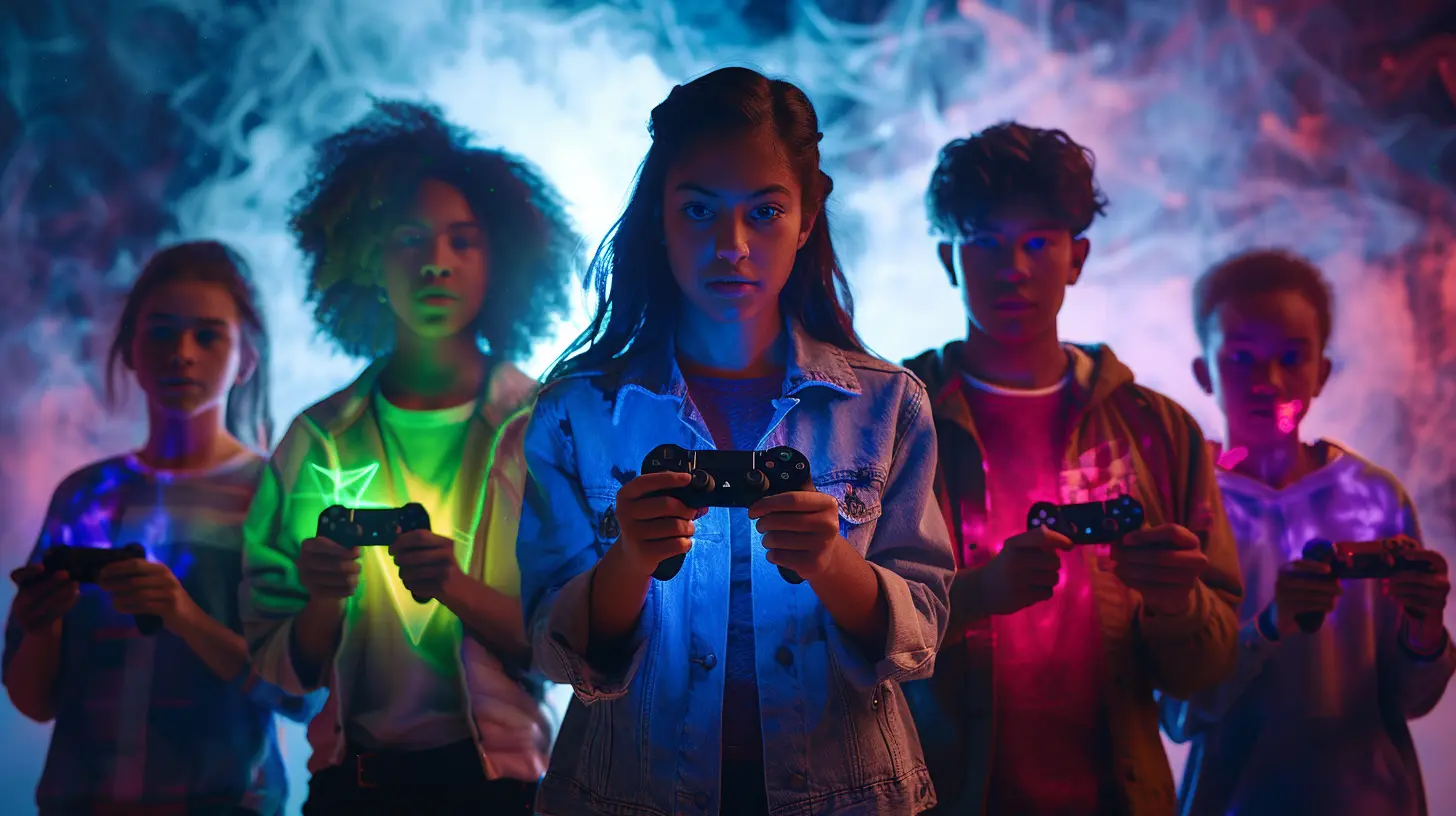
What Does Inclusivity Really Mean?
Let’s start with the basics. When we talk about “inclusivity,” we're talking about creating a space where everyone, regardless of their gender, race, sexual orientation, disability, or background, feels welcome and respected. In gaming, inclusivity means:- Game characters that reflect a diverse range of identities
- Communities where players don’t feel alienated or harassed
- Developers that consider different experiences and accessibility needs
- Tools that let people of all types join in without compromise
And honestly? It’s about flipping the script. For too long, gaming catered to a narrow demographic. That’s changing — but it’s a slow grind.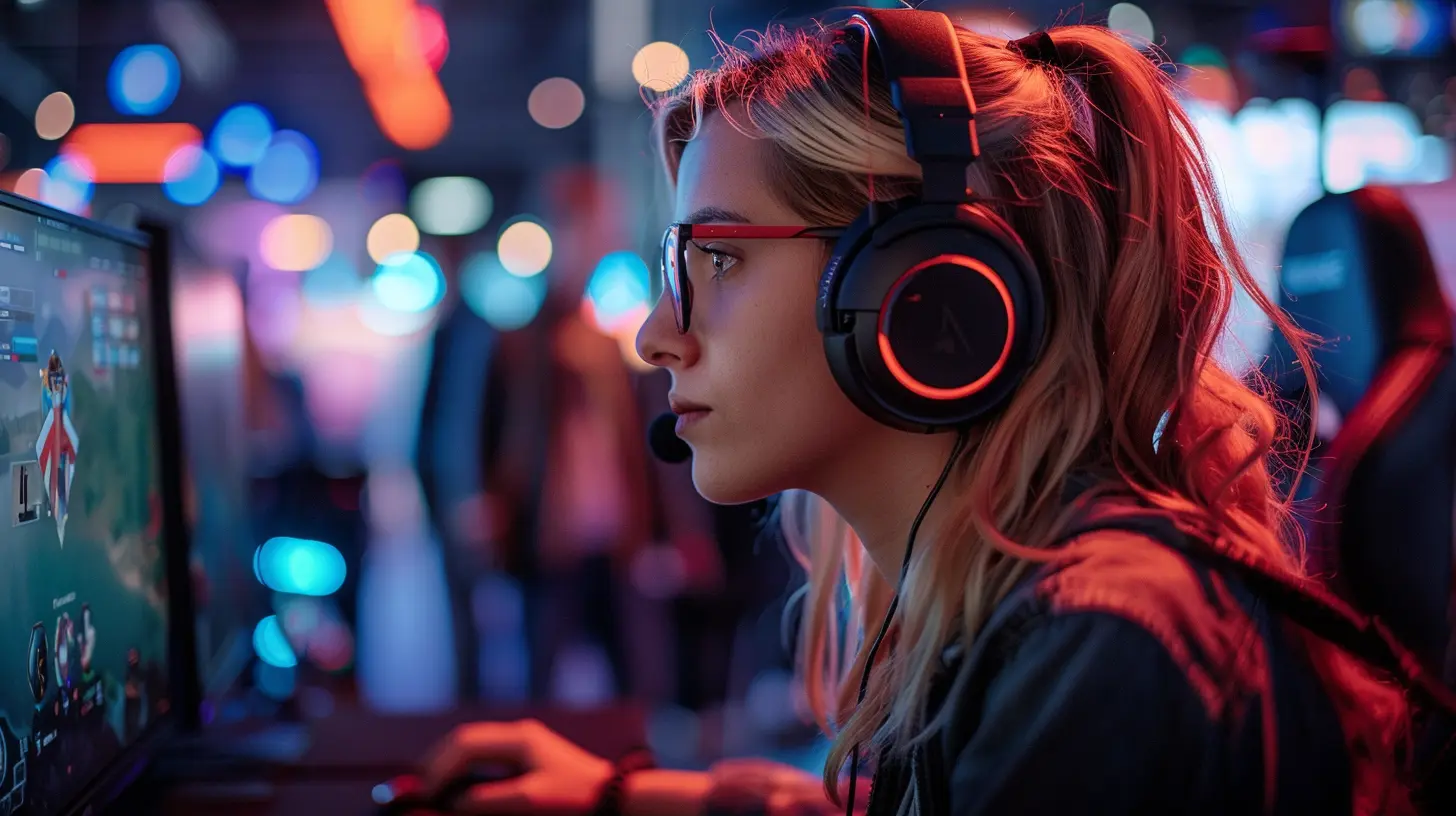
Why Gaming is Bigger Than Ever
Think about it — over 3 billion people play games worldwide. That’s not just teenagers in their bedrooms. That’s grandparents playing sudoku on their tablets, moms killing it in Candy Crush, trans and queer folks finding refuge in cozy games, and disabled gamers using adaptive setups in competitive titles.Gaming is now ubiquitous. It’s become a digital extension of our social lives. So why should a space this massive exclude certain groups of people?
If your gaming community or favorite title doesn’t reflect the real world’s diversity, is it really that immersive?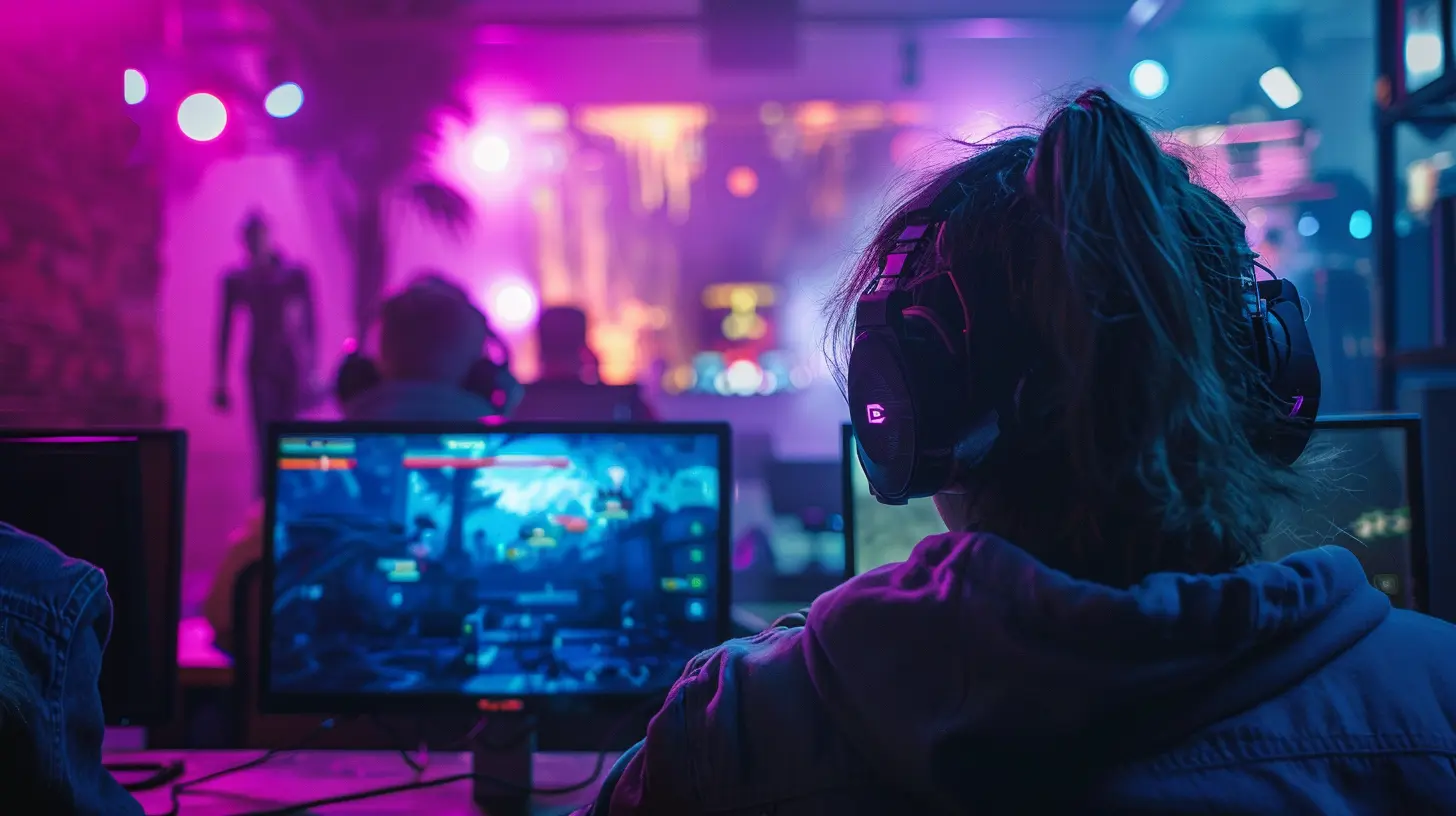
Representation Matters More Than You Think
Have you ever played a game and didn’t see a single character that looked or sounded like you? It gets tiring. Representation in games isn't some cherry on top — it’s core to the experience.When a player sees a character that shares their ethnicity, gender identity, or disability, it hits different. It tells them: "Hey, you belong here."
Games like The Last of Us Part II, Life is Strange, and Celeste have taken strides in telling more inclusive stories. Characters in those games aren’t just token sidekicks — they’re real, complex protagonists who carry the story on their backs.
And let’s not forget indie developers, who’ve done an incredible job pushing boundaries and reflecting marginalized voices.
But we still need more of it. More stories, more faces, more voices.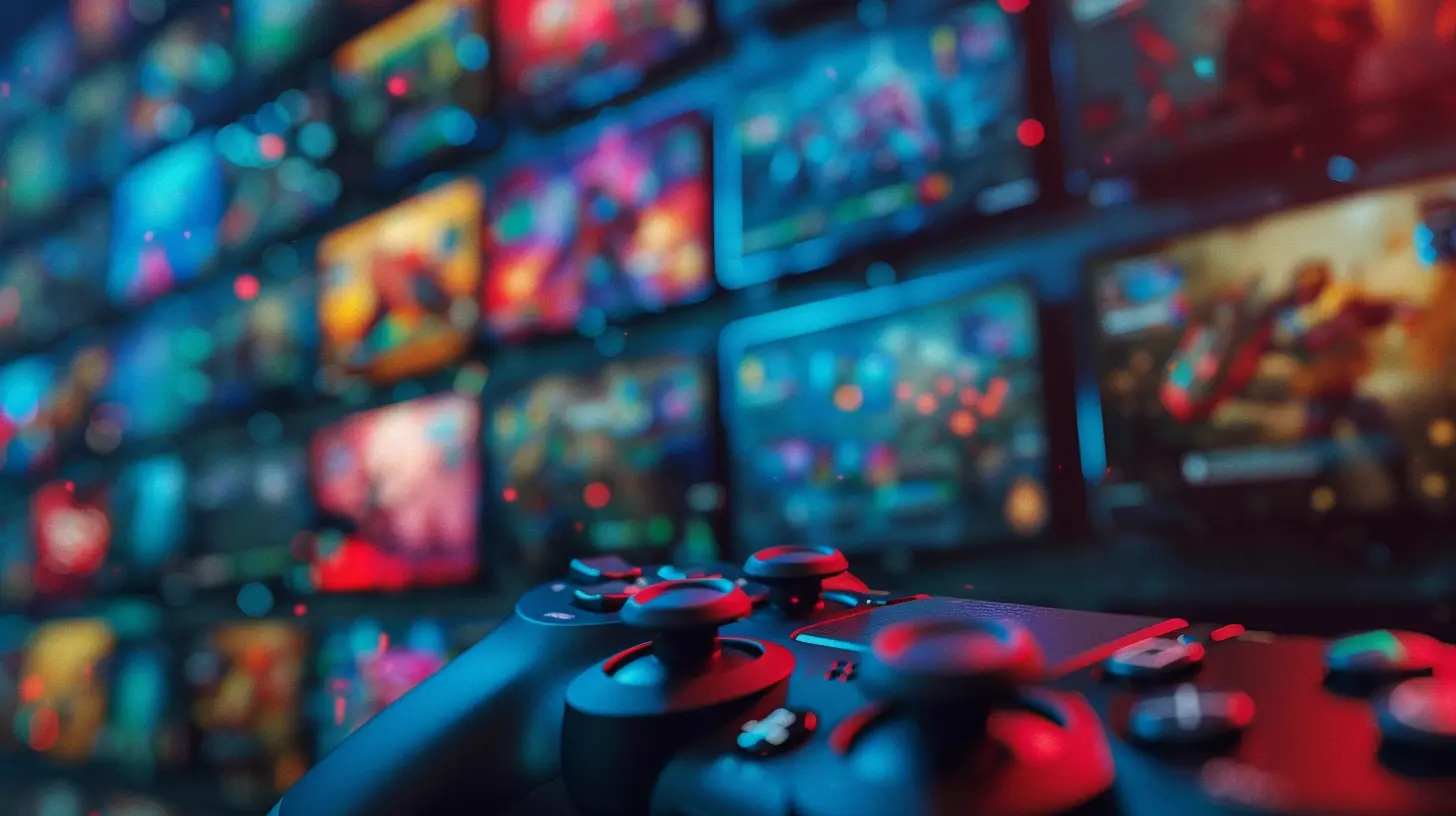
The Downside of Exclusion
When gaming spaces aren’t inclusive, things get ugly real fast. Harassment, hate speech, gatekeeping — these aren't just buzzwords. They're everyday realities for many players.For example, women and nonbinary folks often face abuse just for opening their mic in voice chat. Players of color are regularly targeted with slurs or racist behavior. And disabled gamers often find games unplayable due to poor accessibility features.
This kind of toxicity creates invisible walls. It discourages people from participating. It sucks the fun right out of the game. And it reinforces harmful stereotypes that have no place in a community built on fun and connection.
Because if a game’s community makes you feel unsafe, it’s not really a community, is it?
Inclusivity Helps Games — And Studios — Thrive
Here’s something the industry needs to hear louder: inclusivity isn’t just the right thing to do. It’s great for business.More inclusivity means:
- Larger player bases
- Deeper, more relatable stories
- Longer player retention
- Stronger community engagement
- More global appeal
When gamers feel seen, respected, and safe, they stick around. They buy merch. They tell their friends. They become superfans.
Just look at studios like Naughty Dog or Supergiant Games. Their inclusive titles have raked in critical acclaim and commercial success. Coincidence? Not at all.
Inclusivity doesn't water anything down — it adds flavor. Like seasoning your food. Games get better, richer, and more powerful when they’re inclusive.
Let’s Talk About Accessibility
Inclusivity isn’t just about who’s on-screen or in the chat. It's also about how people play.Think of adaptive controllers, customizable difficulty settings, colorblind modes, text-to-speech features — these aren’t luxuries. They’re lifelines for disabled gamers who just want to enjoy the experience like everyone else.
Games like Forza Horizon 5 and The Last of Us Part II have set benchmarks in accessibility. And guess what? Doing so didn't ruin their creative vision — it made them more inclusive masterpieces.
Accessibility is not a niche feature. It’s essential. Because no one should be locked out of an experience just because they navigate the world differently.
How Can We Make Gaming More Inclusive?
Good question — and the answer isn’t just up to developers. It’s a team effort. Here’s what we can all do:1. Developers, Listen and Learn
Game studios need to hire diverse teams. Period. Diversity behind the scenes leads to more authentic, inclusive content on screen. But it’s not just about hiring; it’s about cultivating an environment where every voice is heard and valued.2. Players, Speak Up
Toxicity only thrives in silence. If you hear someone being discriminatory in chat, call it out (safely, of course). Report them. Support the marginalized players in your community.Your voice matters more than you think.
3. Platform Holders, Do Better
Gaming platforms (Steam, Xbox, PlayStation — we’re looking at you) need to double down on moderation tools, clear reporting systems, and community guidelines that actually work.No one should log in and fear abuse.
4. Content Creators, Set the Tone
Streamers, YouTubers, influencers — y’all set the vibe. You have big platforms and loyal audiences. Use that power to promote positivity and inclusivity. Make your spaces welcoming. Shut down hate.Even one safe chat room can make a huge difference in someone’s life.
Communities That Get It Right
Let’s give credit where it’s due. Some communities are absolutely killing it when it comes to inclusivity.Games like Animal Crossing, Stardew Valley, Among Us, and Dream Daddy have spawned fandoms where queer folks, neurodivergent players, and people of color have found real belonging.
These games tend to focus on cooperation, creativity, and empathy — and that’s no accident.
Online forums like Can I Play That? and AbleGamers are leading the charge in disability representation and accessibility advocacy.
So yes, the future is looking brighter — but there’s still work to do.
The Future of Inclusive Gaming
The future of gaming isn’t going to be defined by better graphics or faster load times. It’s going to be defined by who feels welcome, heard, and represented.Imagine a world where every gamer, from any background, can jump into a lobby and not brace themselves for harassment.
Imagine games that center stories on complex, diverse characters without falling into clichés.
Imagine no one having to ask, “Do I belong here?”
That's not a dream — it’s a goal. A reachable one at that.
The truth? Inclusive gaming spaces benefit everyone. Not just marginalized players. When diversity thrives, creativity skyrockets. When players feel accepted, they play better, connect deeper, and stay longer.
So whether you’re a dev, a streamer, a player, or just someone who loves games — we all have a role to play.
Let’s make it count.
Final Thoughts
Gaming has always had the power to create whole new worlds. Let’s make sure the real one it reflects — ours — is one where everyone feels like they can log in and be themselves.Inclusivity isn’t the finish line. It’s the foundation. And if the goal is to make gaming more fun, more welcoming, and more human — then it’s something we should all get behind.
Because in the end, the best games are the ones that bring people together — not push them apart.
all images in this post were generated using AI tools
Category:
Gaming CommunitiesAuthor:

Luke Baker
Discussion
rate this article
2 comments
Colt McPhail
Hidden voices shape universes.
November 28, 2025 at 5:00 AM

Luke Baker
Absolutely! Embracing diverse voices enriches gaming, fostering creativity and connection that truly shapes our shared experiences.
Bernadette Simon
Inclusivity in gaming transcends mere representation; it's about creating a welcoming environment where all voices are heard. Diverse perspectives enrich narratives and foster empathy, enhancing the gaming experience for everyone. Embracing inclusivity not only strengthens our community but also unlocks boundless creativity and innovation, ensuring gaming evolves in meaningful ways.
August 6, 2025 at 2:28 PM

Luke Baker
Absolutely! Inclusivity is vital for enriching narratives and fostering a community where everyone feels valued. It's the key to innovation and creativity in gaming.

